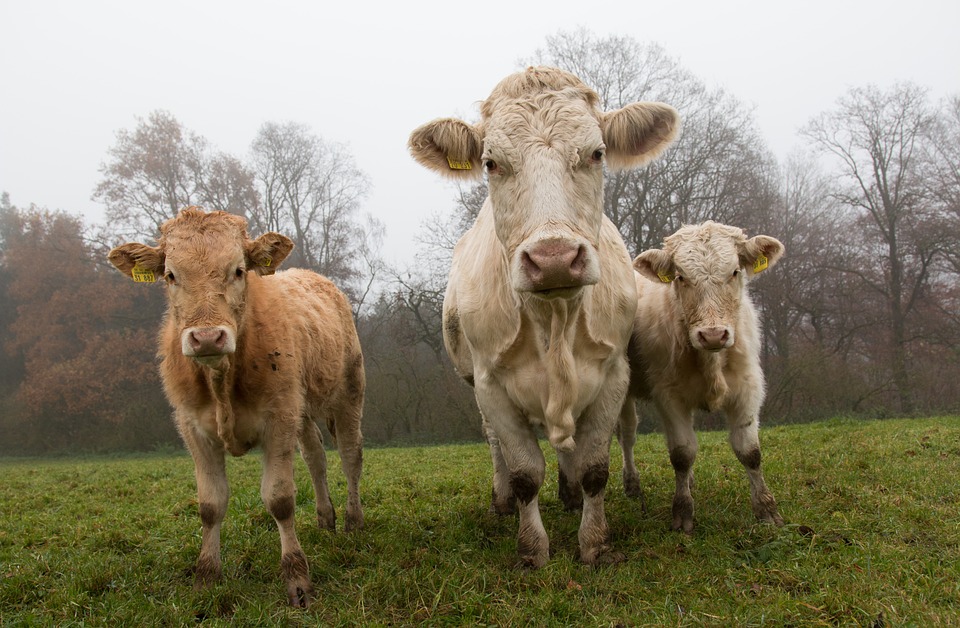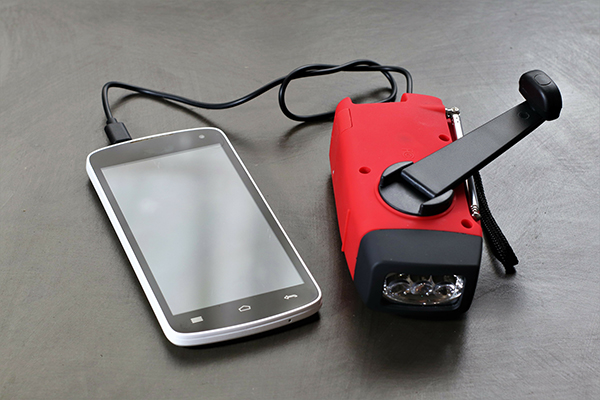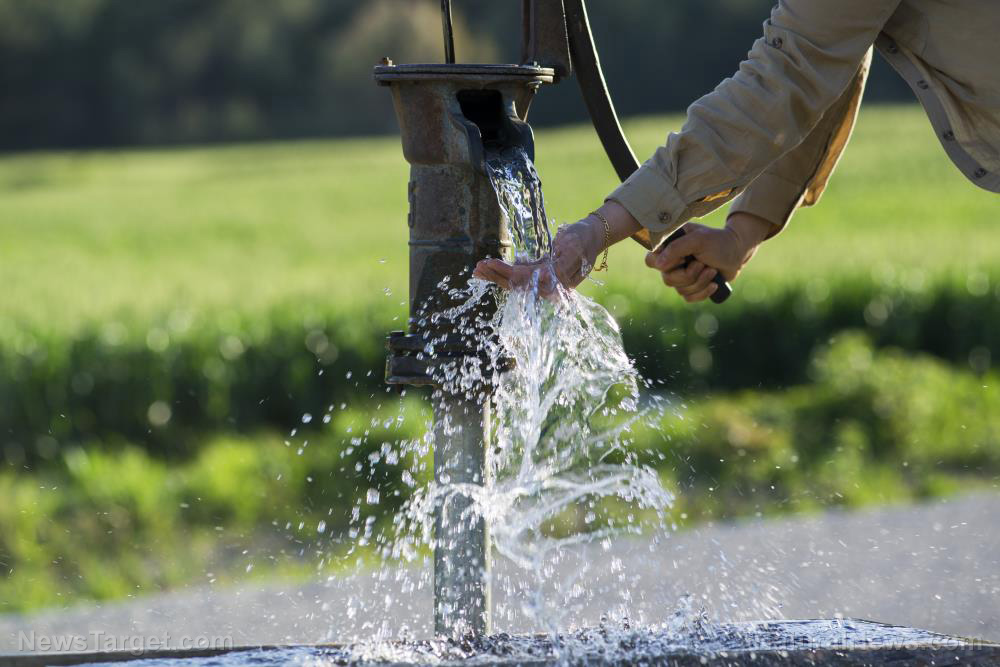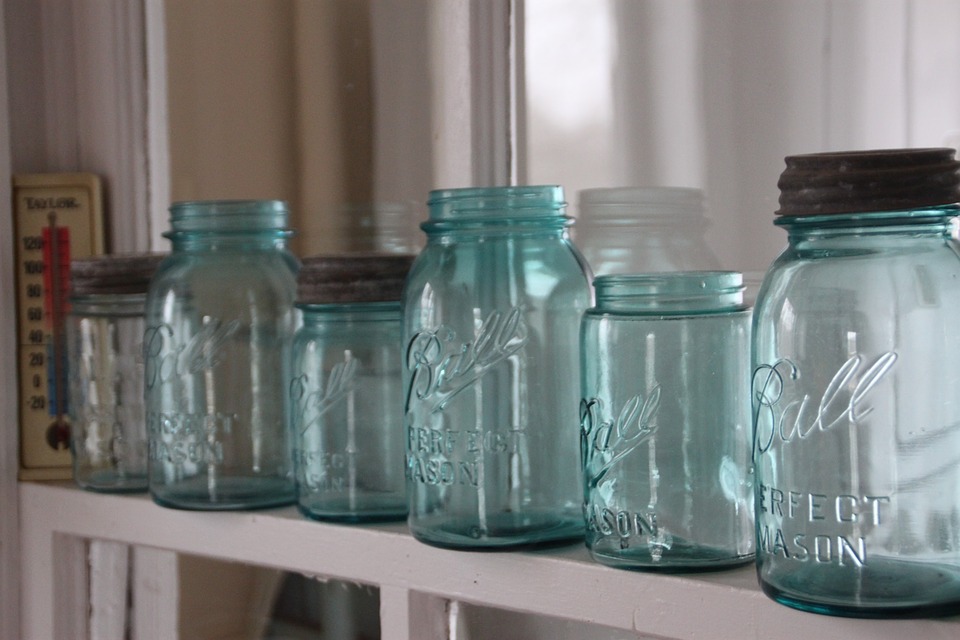Financial preparedness: Tips for quickly building an emergency fund with a low income
02/21/2023 / By Zoey Sky

If you’re concerned about the rising cost of living or impending economic collapse, you should start building an emergency fund. Having an emergency fund means you can pay for repairs after a natural disaster or hospitalization after a medical emergency without using up your budget for daily expenses.
But if you’re a prepper on a low income, it might be difficult to set aside a large portion of your budget for emergencies.
Read on if you want to learn how to start an emergency fund on a low income. (h/t to Survivopedia.com)
Determining how much money you should save for your emergency fund
Make the most of your budgeting by setting aside enough money for the emergency fund to be worthwhile.
Generally, emergency funds should cover at least three to six months of your most essential expenses, like food, utilities, transportation and survival tools. If the total is too much for your budget, take all of your optional expenses and focus on the necessities.
Store your emergency fund in several locations:
- Cash is the best option because it gives you easy access to your money after an emergency. One downside to having cash for your emergency fund is it’s more likely to be stolen or lost.
- Banks and credit unions are some of the safest places to put your emergency fund. One downside is the risk involved given the unstable state of the economy and bank failures are more likely to happen.
- Another option is to load money on a prepaid card. A prepaid card is not connected to a bank or credit union so you can only spend the money on the card. This option can help control your spending.
When you have a low income, it’s crucial to set a reasonable savings goal.
If you’re worried about drastic changes affecting your budget, start with small additions of $5 or $10 a day. Be patient and keep the money somewhere secure so you won’t feel tempted to spend it.
After you establish a solid base for your emergency fund, follow the steps below to improve your personal spending habits and increase your daily contributions. (Related: Save and stockpile: Preparing for an economic collapse.)
Follow the 50/30/20 rule
The 50/30/20 rule is effective and if you’re on a budget, it can help multiply your savings.
This method gives you concrete, straightforward rules and emphasizes the importance of essential expenses. While other money management techniques might give you more spending flexibility, you need strict boundaries to overcome a low salary.
With the 50/30/20 rule, 50 percent of your money goes to your necessities, 30 percent to random expenses and 20 percent to long-term savings or emergency fund.
Following this method can help you make substantial additions to your emergency fund even if you’re on a low income.
This is effective because it places full accountability on you, which can help control your spending and build an emergency fund.
Automate your savings
Manually depositing your income into your savings account may tempt you to spend the money on impulse buys instead of sending it to your prepaid card or bank account.
When you automate your savings with direct deposits, you can avoid the temptation to spend your money and send it straight to the bank.
Alternatively, you could arrange for recurring transfers with your bank or credit union so money goes from your checking account to your savings. This setup ensures that you make regular contributions to your emergency fund.
If you plan on automating your savings, make sure you don’t accumulate overdraft fees. Your bank charges an overdraft fee if your checking account doesn’t have enough money to complete the automatic transaction so check your balance regularly.
Look for a second income source
If you want to save more money for an emergency fund when you’re on a low income, try looking for a second income source.
This isn’t the easiest solution, but it is the simplest. To save more money, you have to make more money.
Here are some suggestions on how to earn a second income:
- Sell old clothes, books and other unwanted items on e-commerce sites like eBay.
- If you can’t commit to a second job full-time, work as a part-time freelance writer, editor or photographer.
- If you love writing about prepping, start a blog about survivalism or other related topics. Once you build a following, you can earn through affiliate marketing and guest blog posts.
- Food delivery services like Doordash and Grubhub allow you to choose your own hours and assignments so you can work extra hours in your free time.
- If you have a clean driving record, apply as a driver for ridesharing services like Lyft or Uber.
- Pay rates are small, but companies will pay you to take online surveys. Make the dollars add up by taking as many surveys as you can.
- If you like staying active, work as a dog sitter or dog walker on weekends.
- You can also list your spare bedroom on vacation rental sites.
- If you are an expert in math, science or foreign languages, you can earn money as a private tutor. You can tutor students either online or in person, but the latter can help you save on transportation.
Use finance apps to track your spending
If you’re struggling to follow the 50/30/20 rule or other strict money management strategies, you can try using finance apps.
Some apps are free and will help you track your spending so you can stay within your budget. Finance apps will also send automatic reminders that can help you follow your savings goals.
Reconsider your survival strategies
A lot of preppers and survivalists tend to focus on stocking up on supplies instead of developing their skills.
Spending too much money on your stockpile can eat into your limited budget, so if you want to save money, rethink your survival strategies. Get back to the basics and don’t spend all your money on the latest outdoor equipment or electronics.
If you want to make an exception, do so for your emergency food and water supply since these items will be necessary for a long-term outage or economic collapse.
Look for ways to save on necessities
Review your expenses since your food and transportation budgets could be larger than necessary. Gas prices are over $3 per gallon in most states, so you can start by cutting down on driving if possible.
To save money on food buying options, get all your groceries delivered so you don’t have to spend gas to drive to a supermarket.
You can also explore helpful resources like coupon finders, price-match policies and customer loyalty programs. Some businesses may offer you discounts for subscribing to their email newsletters or participating in social media promotion.
Find creative ways to save on your essential expenses to free up more money for your emergency fund.
Review your subscriptions
Subscription services can take up a chunk of your budget, especially if you forget that you even have them.
If you have many subscriptions, review your credit card bills. You could still be getting charged for a service that you no longer use or need. If this is the case, get in touch with your service provider and cancel your subscription.
Check your subscriptions for these services if you have them:
- Gym memberships
- House cleaning
- Landscaping
- Magazines
- Newspapers
- TV networks
- Websites
When combined, these subscriptions can add up to over half of your monthly expenses. Save money by terminating all subscriptions that you don’t need or use.
If you’re on a low income, keep in mind that building an emergency fund will take time. Don’t stress over building your emergency fund in several weeks or months.
Instead, focus on making small, consistent contributions. Even if you experience some short-term setbacks, making changes to your spending habits will help you reach your financial goals.
Watch the video below for tips on how to avoid common food stockpiling mistakes, which can affect your budget.
This video is from the InfowarsFan channel on Brighteon.com.
More related stories:
Financial preparedness: Save money by reusing these 10 items.
Financial preparedness: How to save money on your off-grid homestead.
Financial preparedness: 13 Ways to prepare for hyperinflation.
Sources include:
Submit a correction >>
Tagged Under:
economy, emergency, emergency savings, Financial Disaster, financial preparedness, homesteading, job loss, money supply, off grid, preparedness, prepper, prepping, self-reliance, survival, survivalist, tips
This article may contain statements that reflect the opinion of the author
RECENT NEWS & ARTICLES
Homesteading.News is a fact-based public education website published by Homesteading News Features, LLC.
All content copyright © 2018 by Homesteading News Features, LLC.
Contact Us with Tips or Corrections
All trademarks, registered trademarks and servicemarks mentioned on this site are the property of their respective owners.




















